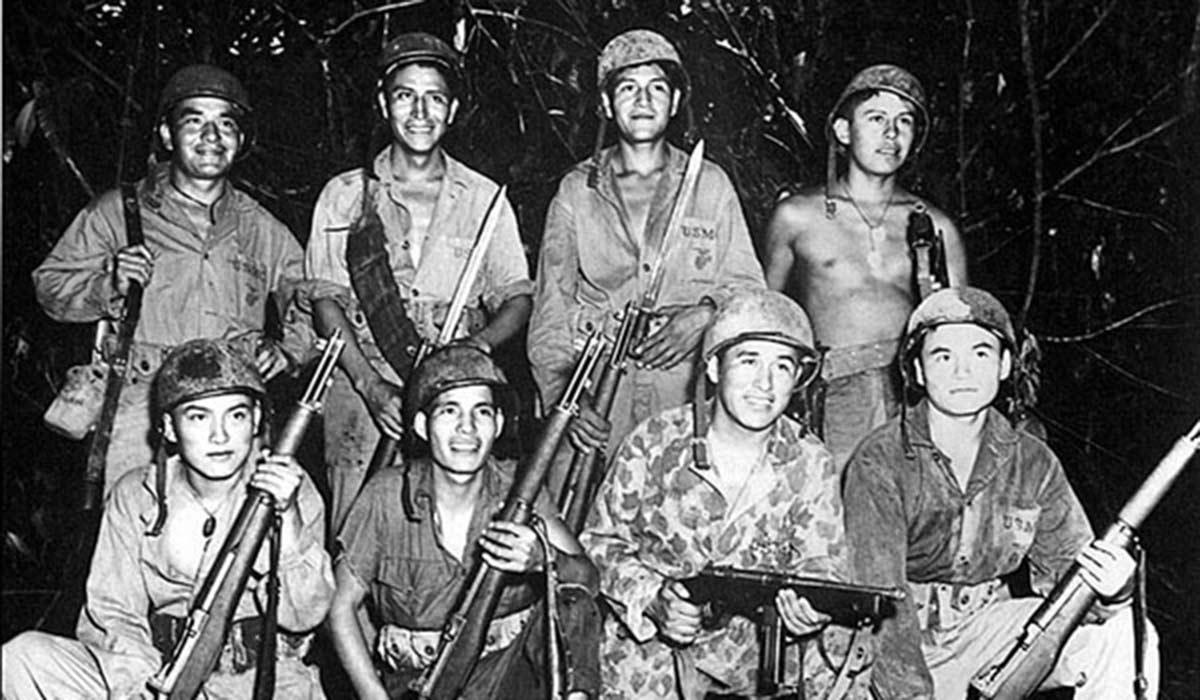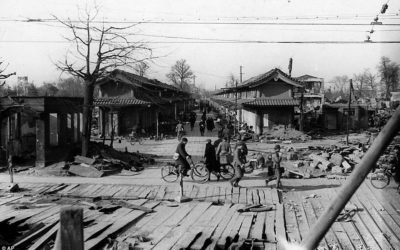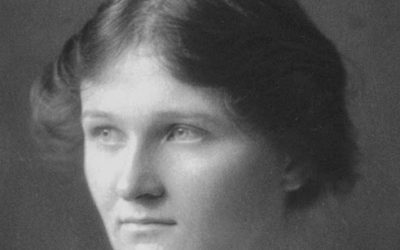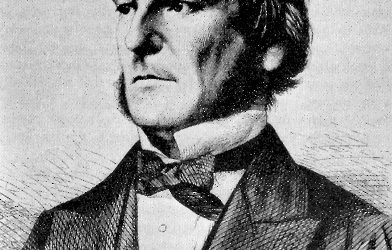It was at the Tehran Conference between the Allied forces in 1943, during one of the most pivotal moments of World War II, that British prime minister Winston Churchill famously declared, “In wartime, truth is so precious that she should always be attended by a bodyguard of lies.” He was alluding to the fact that military intelligence is a valuable commodity, one that can often ensure victory if it is known to one’s allies, or spell defeat if it reaches the ears of one’s enemies. Military forces have spent more than a century developing techniques to manage this kind of “truth”, to convey essential facts to their allies and baffle their enemies with gibberish at the same time; in a word, cryptography.
As part of the United States’ contribution to the war effort, a team of Navajo radio operators in the U.S. Marine Corps had spent the previous year developing its own method of secret communication. Unlike most contemporary forms of cryptography, this one did not involve complicated machinery or elaborate invented code languages. Its only moving part was the human brain, and instead of an artificial language it used the marines’ native tongue, a language obscure enough to practically be a secret cipher by itself. These radio operators, who could work in the field faster and more reliably than any encryption machine, were known as the “Code Talkers”.
The genesis of the Code Talker program was a proposal made by Philip Johnston, a civil engineer from Los Angeles, in the aftermath of the Japanese attack on Pearl Harbor. Born in 1892 in Topeka, Kansas, Johnston was a missionary’s son who had grown up on Navajo reservations, and as a result he was one of the vanishingly few non-native speakers who had mastered their language. He had also heard of attempts made near the end of the first World War to use the Comanche language in field maneuvers, and he was certain that Navajo could be used to even greater effect. With the help of four Navajo men who worked in Los Angeles shipyards, Johnston made an official demonstration that convinced the U.S. Marine Corps to begin a program itself on a larger scale.
Navajo had several advantages that allowed it to be used securely where other languages could not. Its grammar is extremely complicated, to the extent that even closely related languages aren’t mutually intelligible, and it differs fundamentally from the grammar of German and Japanese. There were also no written dictionaries of Navajo, and its native speakers were concentrated in the interior of the United States, making it nearly impossible for foreign governments to translate the language or recruit interpreters. Its one major drawback, a lack of specialized vocabulary needed to describe military operations, was overcome through the use of a simple substitution cipher where each English letter was represented by a Navajo word. By August of 1942 the pilot program had been declared a success, and the Marine Corps prepared to recruit 200 Navajo to work across the Pacific theater.
As well as using substitution ciphers, the Code Talkers also invented a great number of code words to fill in the gaps of Navajo vocabulary. Sometimes these were pun-like combinations of letter-substitutes and existing words, such as “dispatch” being rendered as “dog-is-patch”, or “commit” turning into “come-glove”. Others took the form of metaphorical loan-words; “Alaska” was “With Winter”, “Germany” was “Iron Hat”, “megacycle” was “million go-around”, and “scout” was “short raccoon”. Adolf Hitler himself, reportedly, was given the apt designation of “crazy white man”.
Code Talkers were employed to great success from 1943 through the end of World War II. As trained Marines, they were able to set up communication outposts under extremely harsh conditions and send messages directly to where they were needed, using wired equipment and radio as well as the recently-developed “walkie-talkie”. They could deliver an encoded message of three lines in English in 20 seconds, a task which took an encryption machine nearly 30 minutes. During the battle of Iwo Jima, six Code Talkers sent over 800 messages for the first several days without a single error, a contribution that Marine leaders later credited as decisive in ensuring victory. Most impressive of all, despite the simplicity of its encryption system, the Navajo code remains the only one never to have been deciphered by an enemy combatant while it was in use.
Like many contributors to military successes, the Code Talkers were not publicly honored at the time of their contributions because their operations were classified. With the declassification of World War II operations in the 1960s, however, stories of their heroism became more widely known. President Ronald Reagan named a day in their honor in 1982, and in the year 2000 Congress passed a law awarding the 29 original Code Talkers the Congressional Gold Medal.
It is said by many in the United States that diversity is one of our country’s greatest strengths, and the story of the Code Talkers exemplifies that idea in many ways. The value of the Navajo language to the Marine Corps was its complexity and the necessity of having living interpreters to decipher it. A more homogeneous country with a single written language, such as World War II-era Japan, would likely not have had such a resource to take advantage of during wartime, and even if it did military leaders might not recognize its value. The Code Talker program depended for its success not only on the existence of a tiny minority population within America, but also its willingness to work hard and make sacrifices to protect the country as a whole. Such exceptional efforts are a reflection of the loyalty these men showed to America, a word which has always had a strong emotional meaning for the Navajo; “America” in their language is ne-he-ma, or “Our Mother”.
Next Post: Josiah Wedgwood, the potter’s son whose childhood bout of smallpox ultimately led to the legendary porcelain company that bears his name today.














